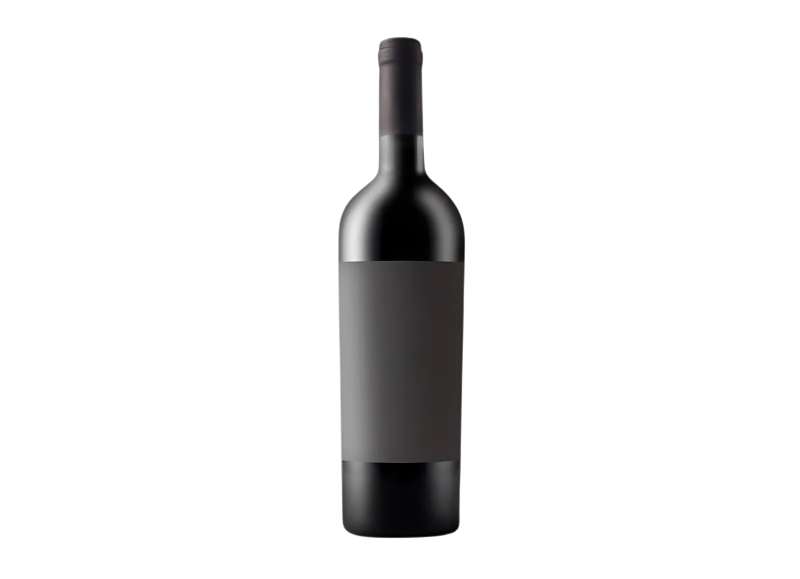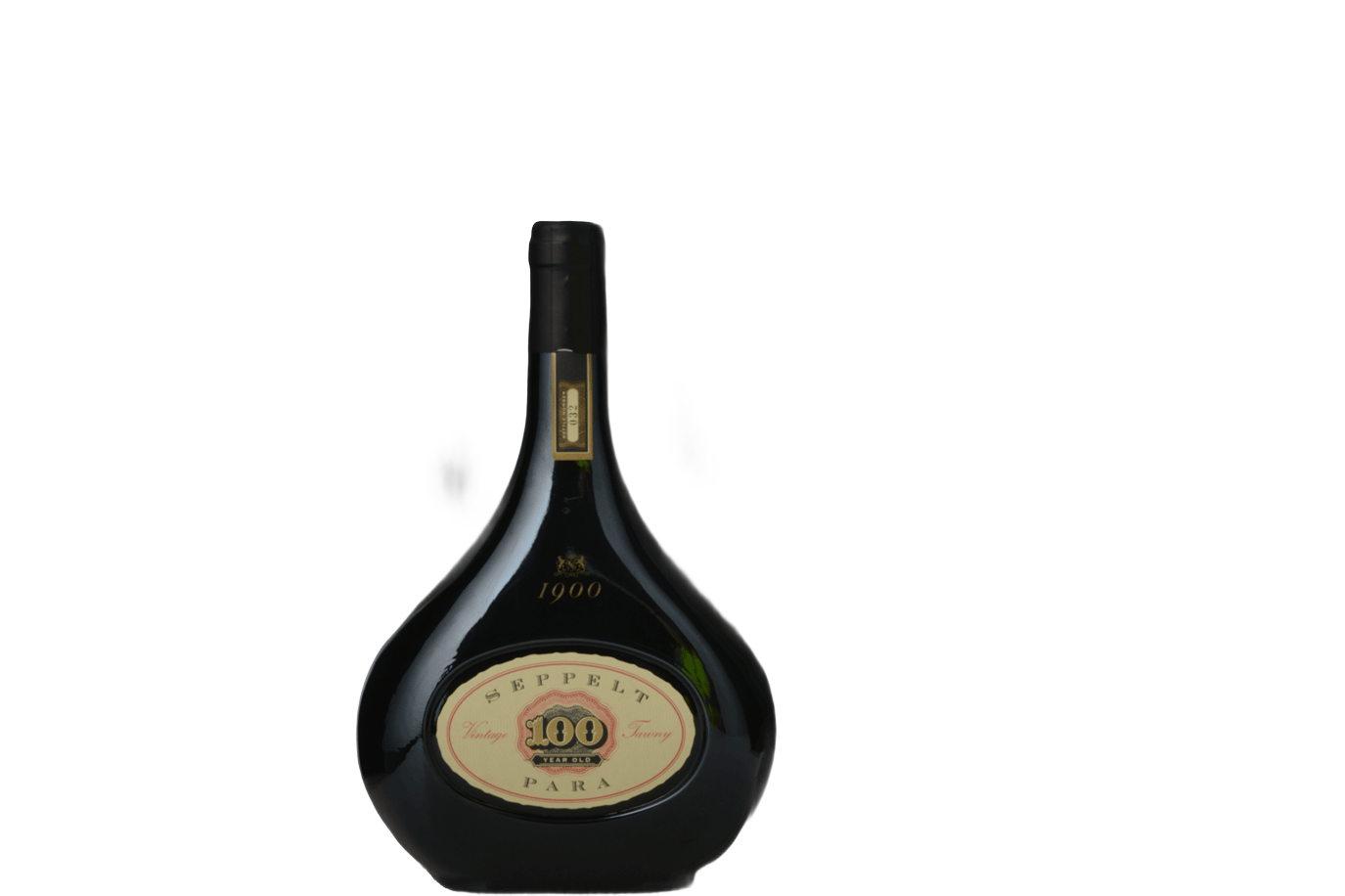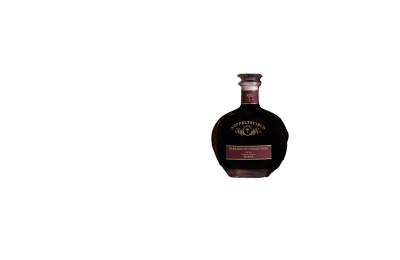Alison Buchanan: Essence of fig and prune in appearance, this clings limpet-like to the glass. The nose is spiritous, savory, briny even, with elements of old-fashioned polished furniture and incense, slightly overcooked dried fruit. The palate is truly extraordinary, reflecting, in part, the aromatics of the nose but setting them in the most incredibly unctuous frame—almost spreadable in its intensity—amazing, if awkward to place in a food concept. | 93
Andrew Jefford: Even in the glass, this ebony wine is an ultimate, glowering darkly at you. You give the glass a knock, and it reluctantly climbs a centimeter or three, then collapses back heavily into itself, surrendering to gravity and leaving a thick yellow winter fog on the glass sides as it does so. It looks as one might imagine spent nuclear fuel to look. A sniff—and it is completely different from everything else in the tasting. What are some of the things it smells of? A cow byre, wood distillate, ancient leather, varnish, camphor, creosote, last year’s bonfires after a winter of rain, emetics, a pharmacy from the days when medicines were all based on plants, a storm at sea from 3 miles (5km) inland... As this list probably suggests, it is different from everything else, not particularly enticing and not wishing to be so either, but compelling, too, and rewarding. You understand quite clearly that it’s a privilege to be able to smell something like this: a synopsis of time as much as a wine. Finally, you tip it onto the tongue, you feel the ominous weight, and then it explodes like a landmine, splattering the inside of your mouth with all of the bitter, emetic, challenging allusions I noted above. This is what 100 years tastes like. Jerez has some wines like this, too, and the truth is that their chief practical value is as blending material—a drop or two goes a long way. On its own, it is really more medicine than wine—but a source of awe, too. You taste a force of nature, as well as a summary of time. Completely impossible to score—so my score reflects the fact that it is not necessarily agreeable to taste as a wine, though I am very glad to have had the chance to do this, and I salute those who have guarded it so solicitously for all those years... | 93
Margaret Rand: Centenarian wines that stain the glass must be treated with respect. This is bitter, austere, hugely concentrated; in Jerez it would be treated as a blending wine, to give depth and weight. It has depth and weight in abundance— in fact, it is depth and weight personified. It’s extraordinary, astonishing. But on its own, it’s a curiosity rather than a wine for drinking. The nose is of burned toast and tree bark; the palate bitter, almost green. | 90
Details
| Wine expert | Andrew Jefford Margaret Rand Alison Buchanan |
| Tastings year | 2018 |
| Region | South Australia |
| % Alcohol By Volume | 21.5 |
Seppeltsfield




